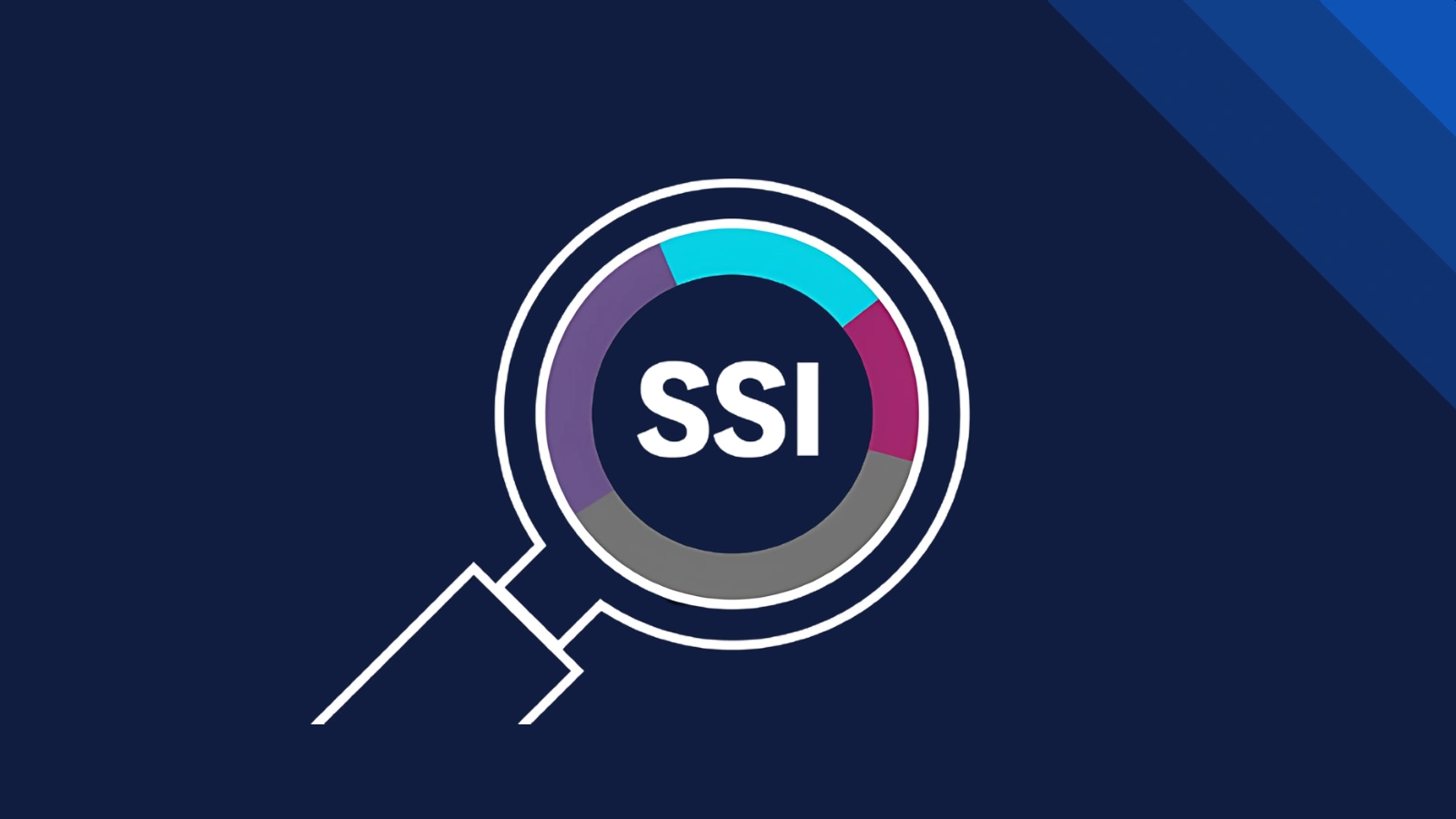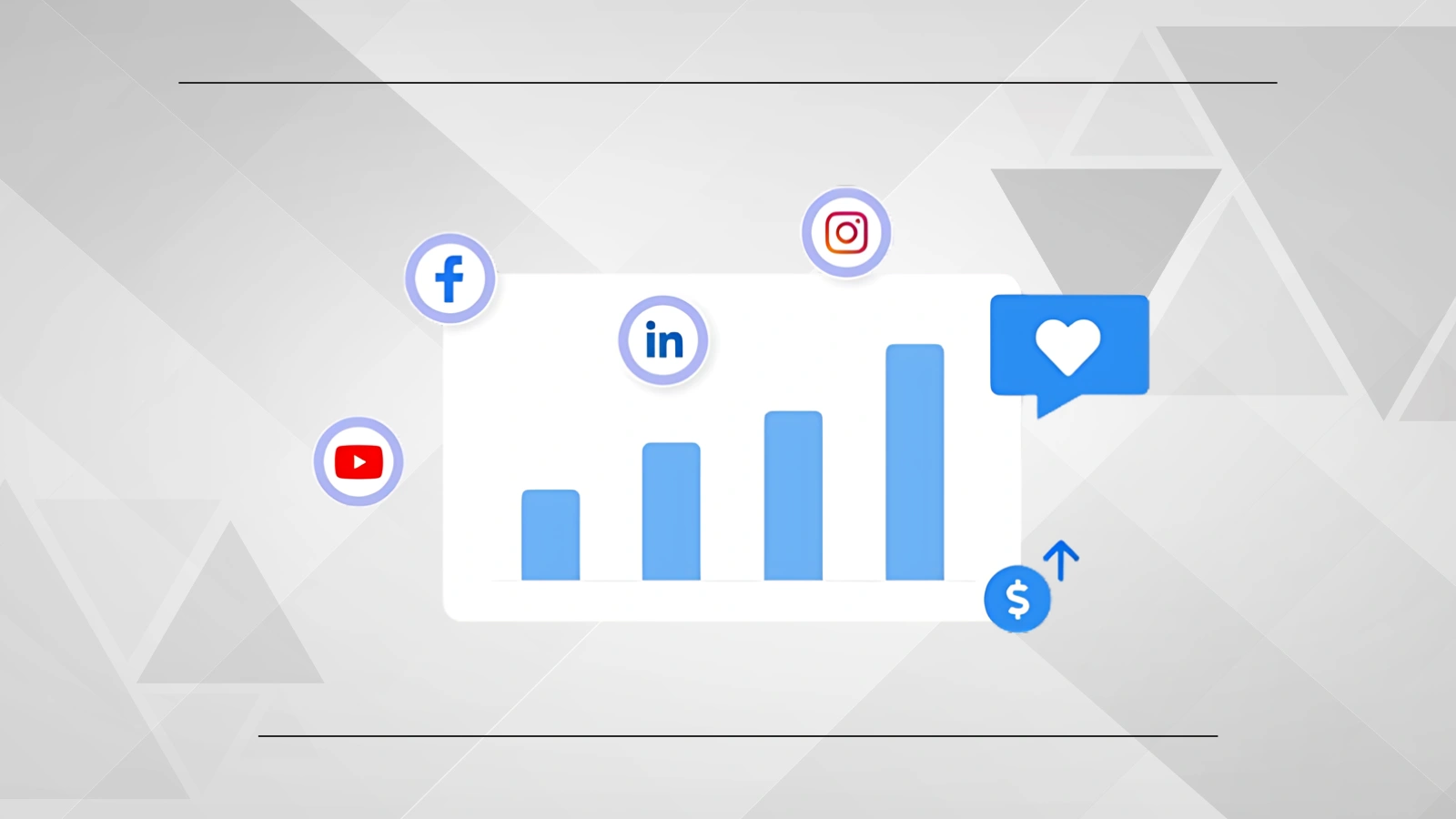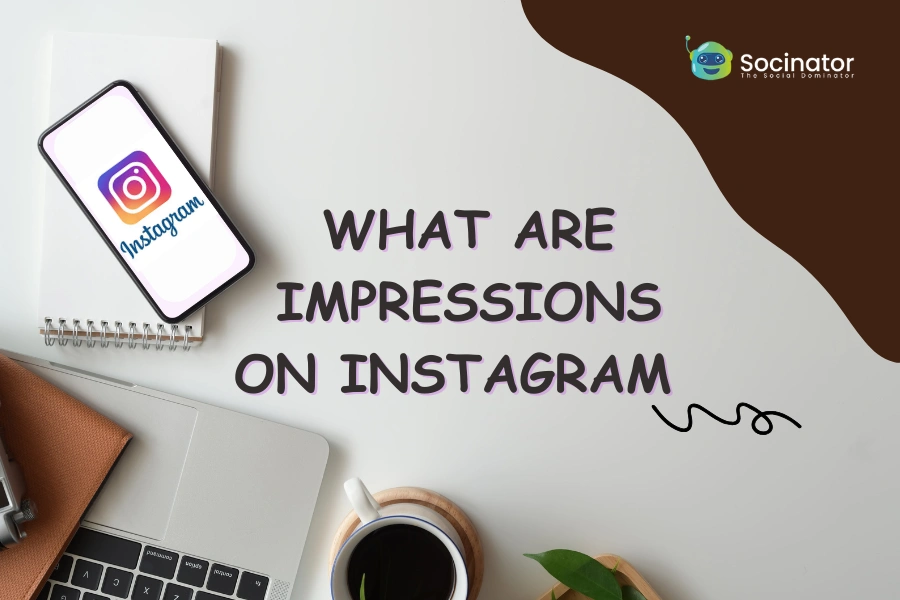Imagine scrolling through your favorite social media platform, catching up on updates from friends and family, when suddenly, a sleek advertisement catches your eye.
It’s not just any ad – it’s personalized to your interests, showcasing a product you’ve been considering for weeks. It’s not a matter of luck; it’s the power of social selling at work. Social selling is a strategic approach that uses social networks to find, connect with, understand, and nurture sales prospects.
To truly harness its power, it’s essential to understand and track various social selling metrics. These metrics provide invaluable insights into the effectiveness of your marketing strategies, helping you refine and optimize them for better results.
From engagement rates to lead conversion rates, these metrics offer a comprehensive view of how well your social selling efforts are performing.
By mastering these metrics, businesses can make informed decisions based on data and enhance their social media efforts for higher success rates. This blog will delve into essential social selling metrics and effective strategies for leveraging them.
In a hurry? Listen to the blog instead!
Understanding Social Selling Metrics –
Social selling metrics are quantitative measures used to evaluate the performance of your social selling efforts. They help you determine how well your strategies are working and identify areas for improvement. By focusing on these metrics, businesses can gain a clearer picture of their social media activities and make data-driven decisions to enhance their sales processes. These metrics offer insights into engagement, reach, and ROI, helping align social selling activities with business goals.
Key Social Selling Metrics to Track:
-
Engagement Rate:
Engagement rate is a core measure that assesses the extent of audience interaction with your content. It includes likes, comments, shares, and clicks. A high engagement rate shows that your content resonates with your audience and encourages interaction with your brand.
-
Connection Requests Accepted:
This metric tracks the acceptance rate of connection requests sent to your target audience. A higher acceptance rate suggests that your profile and outreach messages are appealing and relevant to your potential customers.
-
Profile Views:
Monitoring the number of profile views is an important metric. It indicates the level of interest in your brand and can be a good indicator of the visibility and attractiveness of your profile.
-
Message Response Rate:
Social selling often involves sending direct messages to prospects. The message response rate measures the percentage of messages that receive a reply. A high response rate indicates that your messaging is compelling and engaging.
-
Content Shares:
When others share your content, it greatly expands your reach and visibility. Tracking the number of shares can help you understand which types of content resonate most with your audience.
-
Lead Conversion Rate:
This metric monitors the proportion of leads acquired through social selling activities that ultimately become paying customers. It provides a clear indication of the effectiveness of your social selling strategy in driving actual sales. There are multiple techniques to improve conversion rates through social media.
The Importance of Social Selling Metrics –
Tracking social selling metrics is vital for several reasons:
- Performance Evaluation: Metrics provide an objective way to evaluate the performance of your social selling strategies. They assist you in identifying what is effective and what isn’t, enabling you to make well-informed adjustments.
- Goal Setting and Monitoring: By establishing clear metrics, you can set realistic goals and monitor progress toward achieving them. It ensures that your social selling efforts align with your overall business objectives.
- Resource Optimization: Understanding which strategies yield the best results allows you to allocate resources more efficiently. You can focus your time and effort on activities that generate the highest return on investment.
- Continuous Improvement: Regularly analyzing social selling metrics enables continuous improvement. You can identify trends, uncover insights, and implement changes that improve long-term outcomes.
By using social selling metrics effectively, you can refine your strategies to enhance both your social media presence and social selling performance, ultimately building stronger connections and driving greater engagement with your audience
Leverage the Social Selling Index (SSI) –
 One of the most comprehensive tools for measuring social selling effectiveness is the Social Selling Index (SSI). Offered by LinkedIn, the SSI is a score that measures how well you are leveraging LinkedIn as a social selling tool.
One of the most comprehensive tools for measuring social selling effectiveness is the Social Selling Index (SSI). Offered by LinkedIn, the SSI is a score that measures how well you are leveraging LinkedIn as a social selling tool.
It relies on four key pillars.
- Establishing a Professional Brand – This pillar evaluates the completeness and attractiveness of your LinkedIn profile. A well-crafted profile highlighting your expertise and achievements can significantly boost your SSI.
- Finding the Right People – This pillar measures your ability to identify and connect with potential prospects. It emphasizes the importance of building a relevant and high-quality network.
- Engaging with Insights – Engaging with content and sharing valuable insights is crucial for establishing yourself as a thought leader. This pillar tracks your activity in sharing and commenting on relevant posts.
- Building Strong Relationships – The final pillar measures your effectiveness in building and nurturing relationships with your connections. It highlights the importance of regular and meaningful interactions with your network.
Improving Your LinkedIn Social Selling Index –
To improve your LinkedIn Social Selling Index, consider the following strategies:
Optimize Your Profile: Ensure your LinkedIn profile is fully detailed, professionally presented, and demonstrates your skills and knowledge. Use a high-quality profile picture, write a compelling summary, and highlight your achievements and talents.
Expand Your Network: Actively seek out and connect with relevant prospects, industry influencers, and decision-makers. Customize your connection requests to boost the likelihood of acceptance.
Share Valuable Content: Regularly share industry-relevant articles, insights, and updates with your audience. Engage with the content of others by liking, commenting, and sharing.
Engage in Conversations: Build relationships by engaging in meaningful conversations with your connections. Respond promptly to messages, offer assistance, and participate in group discussions.
Utilize Social Media for Business –
 Social media platforms are powerful tools for businesses to connect with their target audiences, build brand awareness, and drive sales. By effectively utilizing social media for business, you can enhance your social selling efforts and achieve better results. Social media provides a dynamic and interactive platform to engage with customers, promote your brand, and gather invaluable market insights, making it an essential component of modern business strategies.
Social media platforms are powerful tools for businesses to connect with their target audiences, build brand awareness, and drive sales. By effectively utilizing social media for business, you can enhance your social selling efforts and achieve better results. Social media provides a dynamic and interactive platform to engage with customers, promote your brand, and gather invaluable market insights, making it an essential component of modern business strategies.
Best Practices for Using Social Media for Business –
Opt For The Ideal Platforms: Identify the social media platforms where your target audience is most active. Concentrate your efforts on these platforms to enhance your reach and engagement.
Create Engaging Content: Create a content strategy that combines informative, entertaining, and promotional material. Incorporate images, videos, and interactive features to make your content more captivating.
Be Consistent: Consistency is crucial for establishing an impactful social media presence. Share content consistently and uphold a uniform brand voice across all channels.
Monitor and Respond: Keep track of your social media activities and respond promptly to comments, messages, and mentions. Engaging with your audience in real-time can help build stronger relationships.
Analyze Performance: Utilize analytics tools to monitor the effectiveness of your social media efforts. Track critical metrics like reach, engagement, and conversion rates to assess what is effective and where improvements are needed.
Social Selling vs. Social Media Marketing –
While social selling and social media marketing both utilize social media platforms, they serve different purposes and require distinct approaches. Understanding the differences between these two strategies is essential for businesses looking to leverage social media effectively.
Social Selling:
Social selling emphasizes building relationships and interacting with potential customers via social media. The primary goal is to nurture leads and convert them into sales by leveraging personal connections and trust. Vital activities in social selling include:
Personalized Outreach: Social selling includes contacting prospects with customized messages, connection requests, and tailored content that addresses their needs and interests.
Building Trust and Authority: By sharing valuable insights, participating in relevant conversations, and demonstrating expertise, social sellers aim to establish trust and position themselves as thought leaders.
Engagement and Interaction: Social selling emphasizes ongoing engagement with prospects through likes, comments, shares, and direct messages to build and maintain relationships.
Social Media Marketing:
Social media marketing, on the other hand, focuses on promoting a brand, its products, or services to a broader audience. The main objective is to boost brand awareness, drive traffic, and generate leads.
Primary operations in social media marketing include:
Content Creation and Distribution: Social media marketers produce and distribute diverse content such as blog posts, videos, infographics, and advertisements to attract and engage their target audience.
Advertising Campaigns: Paid advertising campaigns on social media platforms are a common tactic in social media marketing to reach a wider audience and drive specific actions such as website visits or product purchases.
Analytics and Optimization: Social media marketing involves regular analysis of performance metrics to optimize content and campaigns for better reach, engagement, and conversion rates.
Integrate Social Selling and Social Media Marketing –
Businesses should consider integrating social selling and social media marketing strategies for maximum impact. By doing so, they can leverage the strengths of both approaches to achieve comprehensive social media success. Here’s how:
Align Goals and Metrics: Ensure that the goals and metrics for social selling and social media marketing align with overall business objectives. It ensures a cohesive strategy and a more effective measurement of success.
Collaborate Across Teams: Encourage collaboration between social sellers and social media marketers. Sharing insights, content, and strategies can lead to more effective campaigns and better results.
Leverage Data and Insights: Use data and insights from social media marketing efforts to inform social selling strategies. Social sellers can share high-performing content to engage prospects more effectively.
To streamline and enhance your social selling efforts, consider using LinkedIn automation tools like Socinator. These tools can help you manage your activities more efficiently and achieve better results. Automation tools save time and ensure consistency and accuracy in your social selling efforts, letting you focus on building relationships and closing deals.
Manage Social Selling with Socinator:
Socinator excels as a powerful LinkedIn automation tool crafted to enhance your social selling efforts. Here’s how Socinator can help you achieve better results:
Comprehensive Features: Socinator includes automated connection requests, personalized messaging, post-scheduling, and detailed analytics, among its many features. These features help streamline your social selling activities and save valuable time.
User-Friendly Interface: Socinator features an intuitive interface that simplifies setting up and managing automation tasks. Even individuals with minimal technical expertise can get started quickly.
Compliance and Safety: Socinator complies with LinkedIn’s terms of service to keep your account safe and secure. Following best practices reduces the risk of your account being flagged or restricted.
Reliable Customer Support: Socinator offers excellent customer support to help with any issues or questions. Their support team is always available to help you maximize the tool’s benefits.
Benefits of Socinator –
Save Time: Automation tools can handle repetitive tasks such as sending connection requests, messaging prospects, and scheduling posts, allowing you to focus on more strategic activities.
Increase Productivity: Automating routine tasks significantly boosts productivity and enhances the management of connections and leads.
Improve Consistency: Automation ensures that your social selling activities are consistent and timely. Scheduled posts and automated follow-ups help maintain a steady presence on LinkedIn.
Gain Insights: Many automation tools provide analytics and reporting features that offer valuable insights into your social selling performance. These insights can assist you in refining your strategies and achieving improved results.
Also Read: –
How To Revamp Your Social Media Conversion Rate?
Expert Level Social Selling Tips To Increase Social Media Presence
How To Build Successful Social Media Marketing Plan For 2024
Conclusion:
Mastering social selling metrics is crucial for businesses aiming to succeed on social media. By understanding and tracking key metrics, you can evaluate the performance of your social selling strategies and make data-driven decisions to optimize your efforts. The Social Selling Index (SSI) provides a comprehensive measure of your social selling effectiveness on LinkedIn, and using LinkedIn automation tools like Socinator can streamline your activities and enhance your results.
FAQ – Mastering Social Selling Metrics
What differentiates social selling from social media marketing?
While both leverage social media, social selling focuses on building relationships with potential customers to drive sales, while social media marketing aims to increase brand awareness and engagement.
How often should I track and analyze my social selling metrics?
Ideally, track and analyze your metrics monthly. However, for critical metrics, weekly or even daily monitoring might be necessary.
Can I use social selling metrics for all social media platforms?
While core principles remain the same, specific metrics vary across platforms. Adapt your metrics based on the platform.









